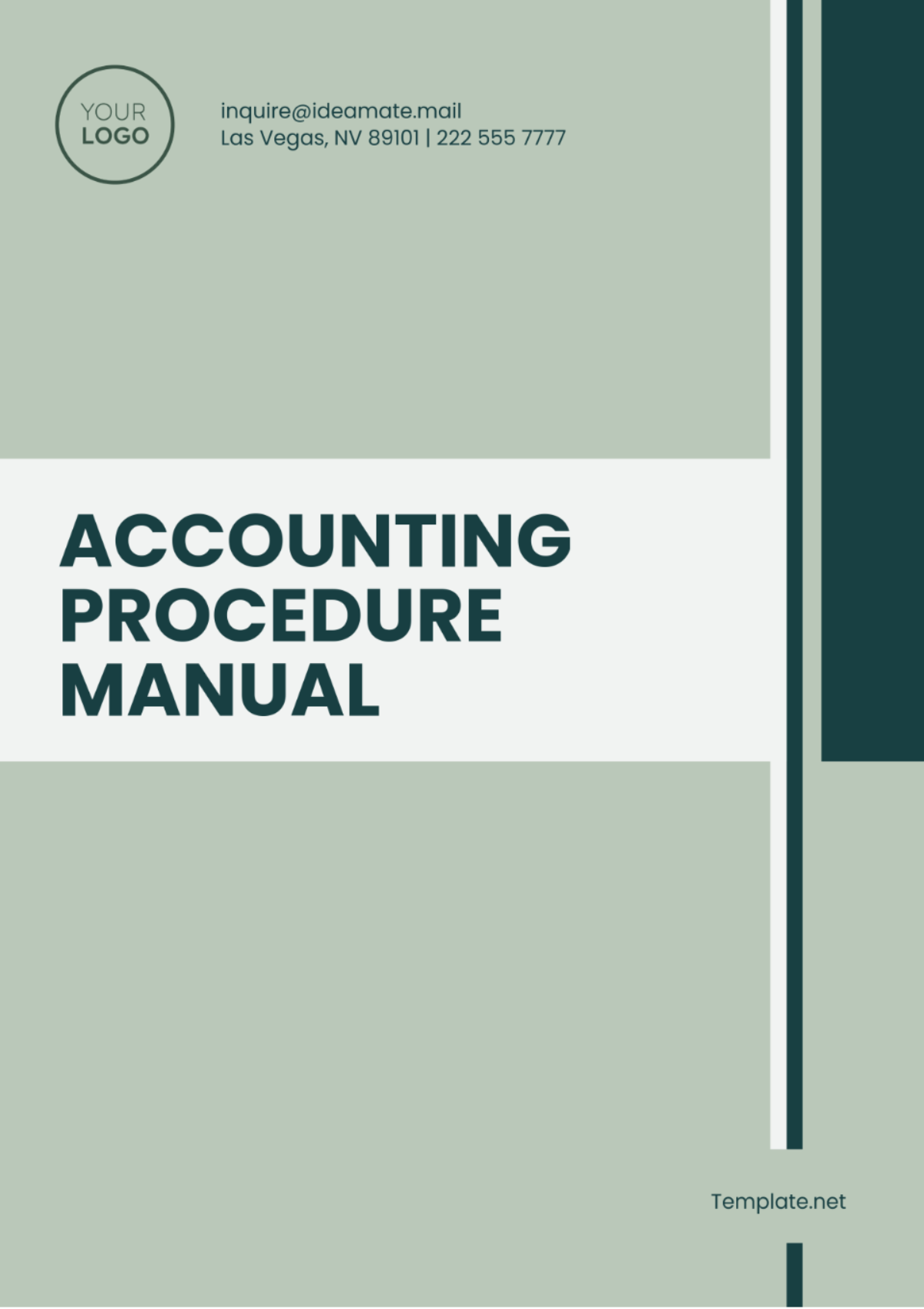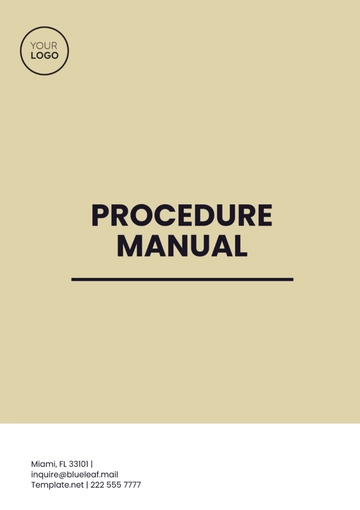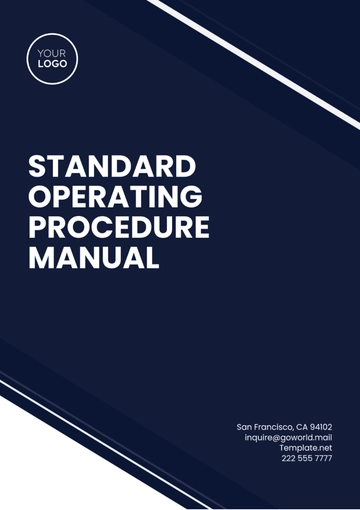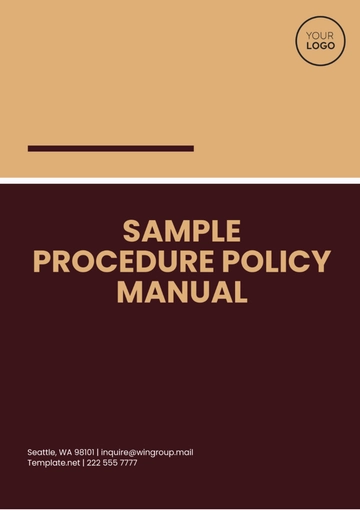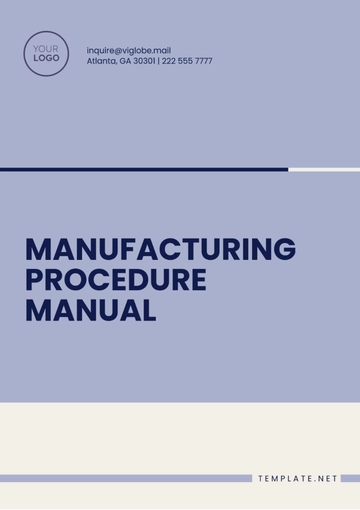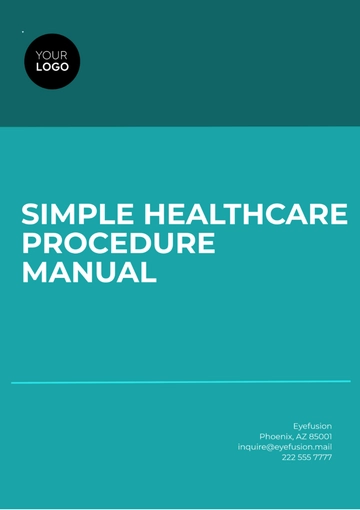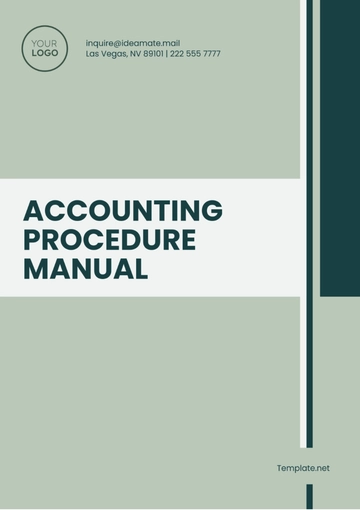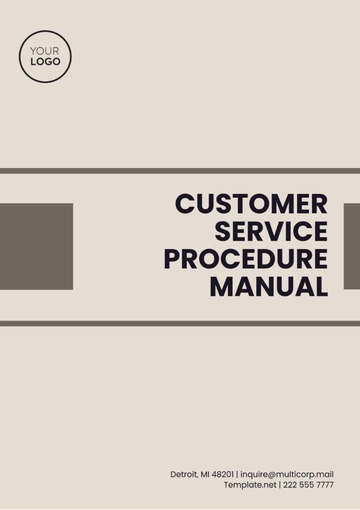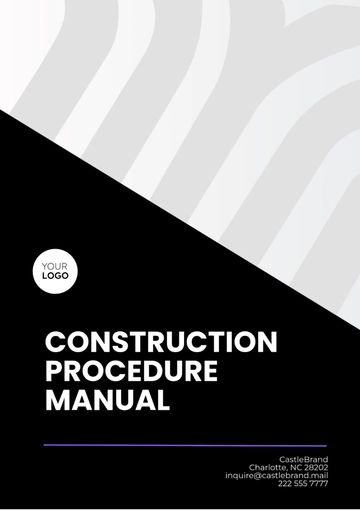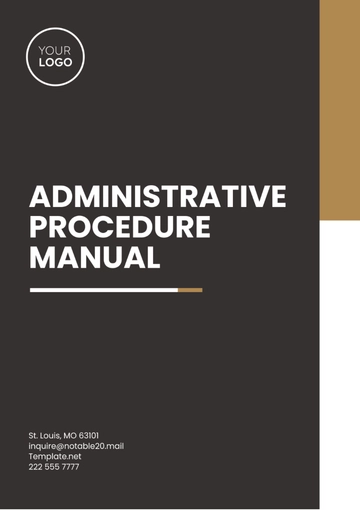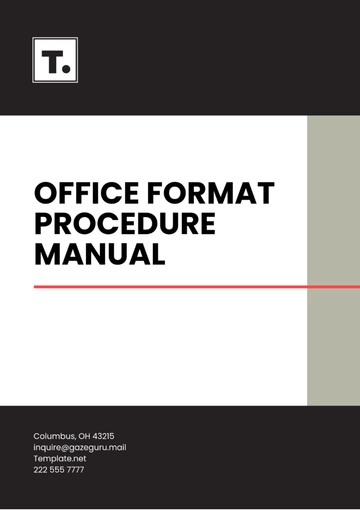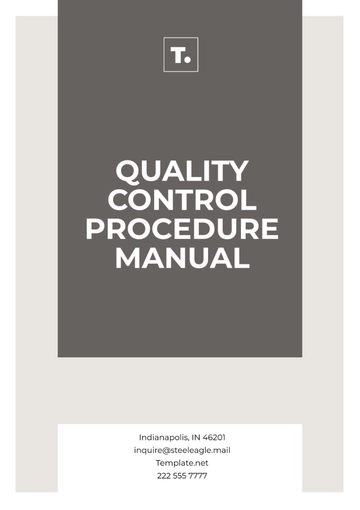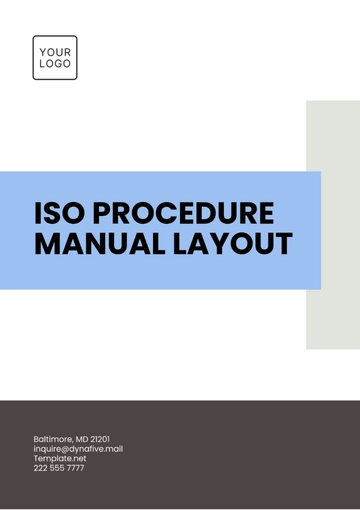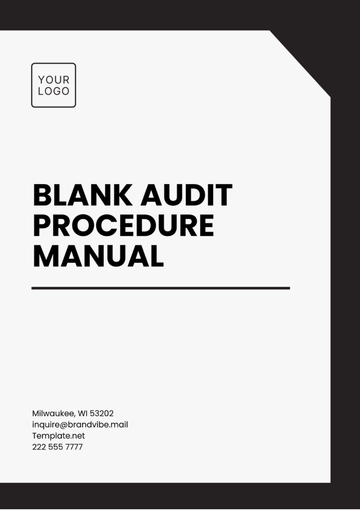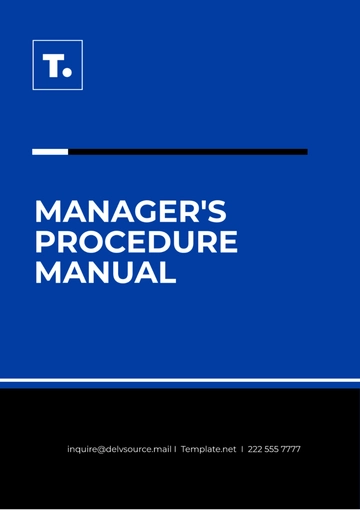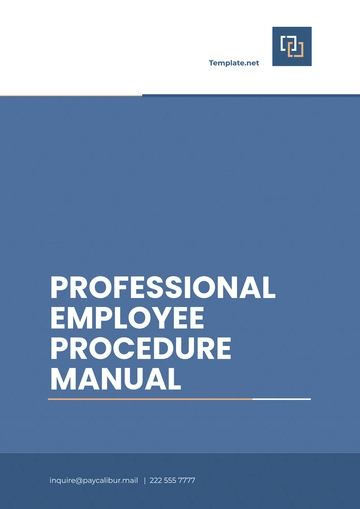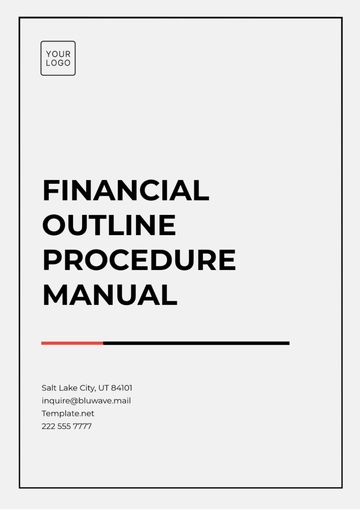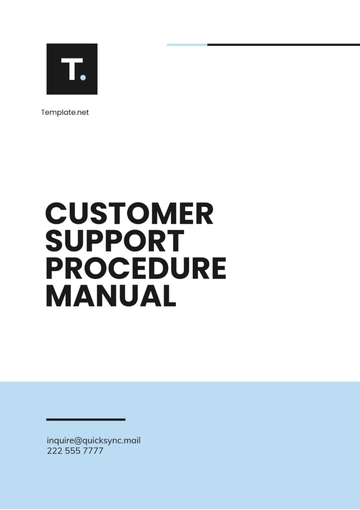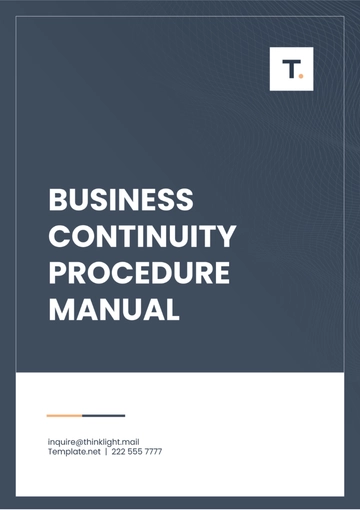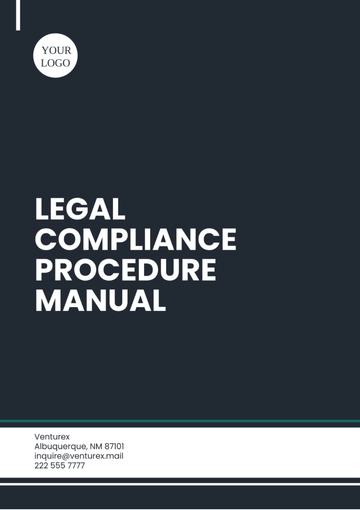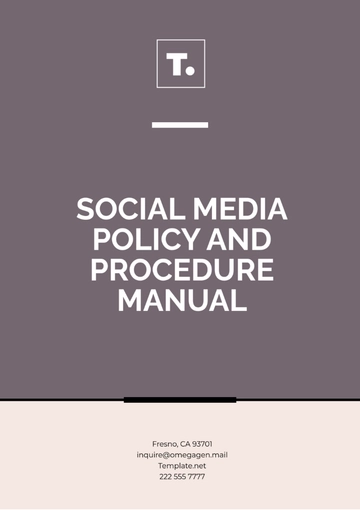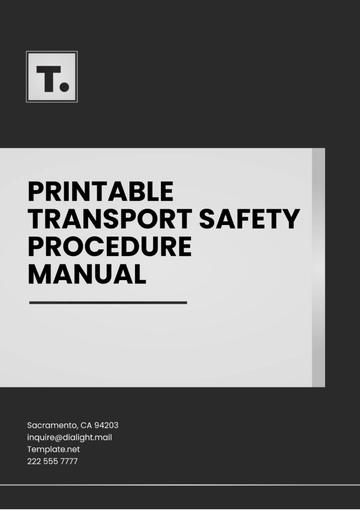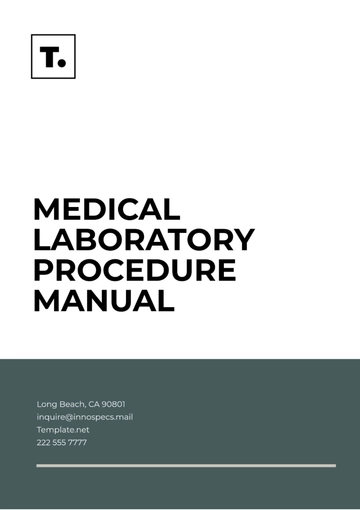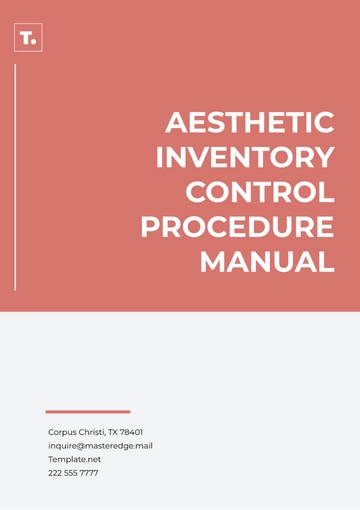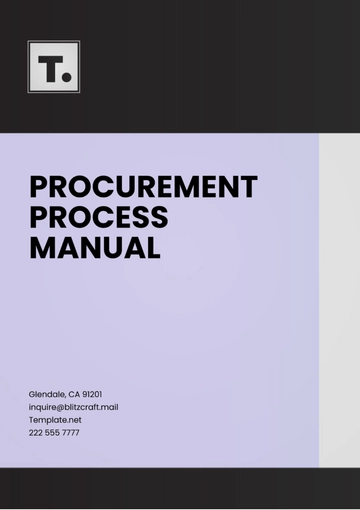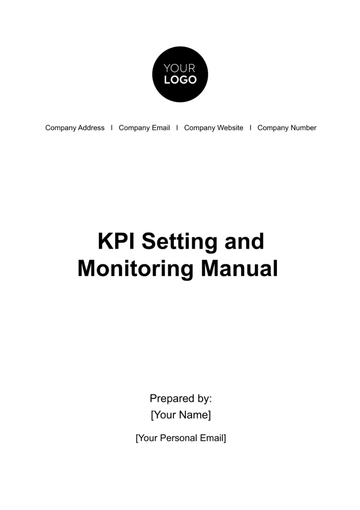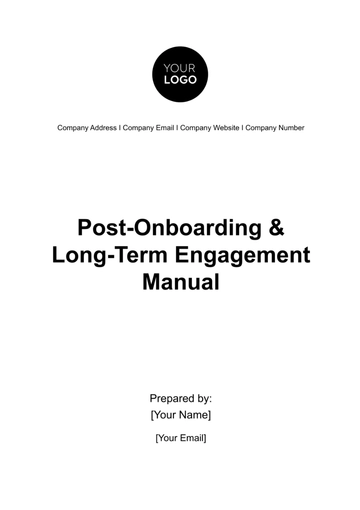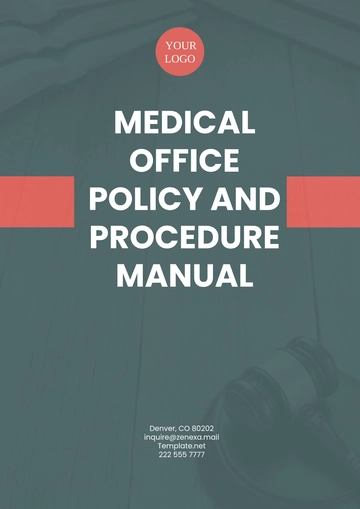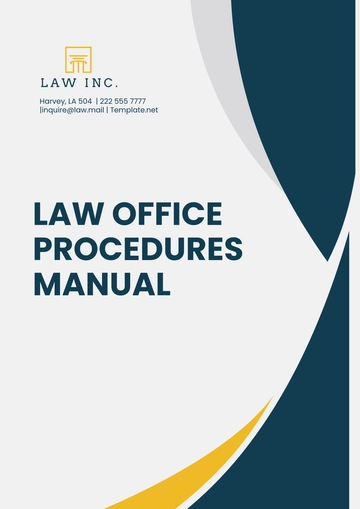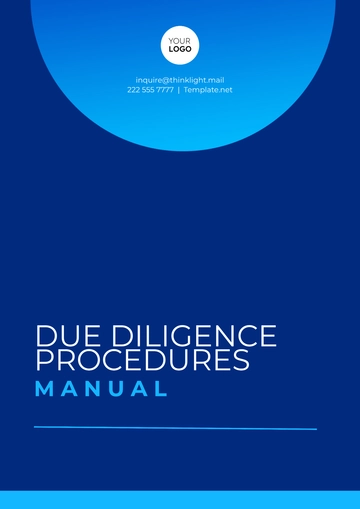Accounting Procedure Manual
Prepared by: [Your Name]
Date: January 1, 2060
I. Introduction
This Accounting Procedure Manual is designed to provide a standardized approach to managing the financial operations of the organization. It serves as a comprehensive guide to accounting practices, ensuring that all financial transactions are processed consistently and in compliance with industry regulations. The manual will be updated periodically to reflect changes in accounting policies, procedures, and compliance requirements. The guidelines within this document apply to all members of the finance team and relevant departments involved in financial activities.
II. Accounting Policies
This section outlines the essential accounting policies that govern the financial practices of the organization. These policies ensure accurate and consistent financial reporting and compliance with industry standards.
General Accounting Principles: The organization adheres to Generally Accepted Accounting Principles (GAAP), ensuring all financial statements are accurate, transparent, and reflective of the organization's financial position.
III. Transaction Procedures
This section provides detailed instructions on how to process financial transactions within the organization. It covers the recording, approval, and review processes for both incoming and outgoing payments.
Accounts Payable: Invoices must be approved by the respective department heads before payment is processed. All payments are to be made within the agreed terms to maintain vendor relationships.
Accounts Receivable: Invoices for services rendered are to be issued promptly. Payments are due within 30 days, with a follow-up procedure established for overdue accounts.
Journal Entries: All financial transactions should be recorded accurately and timely in the general ledger. Supporting documentation must be retained for audit purposes.
IV. Internal Controls
Internal controls are critical for safeguarding the organization’s assets and ensuring the integrity of its financial reporting. This section outlines the key controls in place to prevent errors, fraud, and mismanagement.
Segregation of Duties: Responsibilities for accounting functions such as authorization, recording, and reconciliation should be divided among different personnel to reduce the risk of errors or fraud.
V. Roles and Responsibilities
This section outlines the roles and responsibilities of individuals involved in the accounting process to ensure clarity and accountability.
Chief Financial Officer (CFO): Responsible for overseeing the entire financial management of the organization, including budgeting, financial reporting, and compliance with regulations.
Accounting Manager: Oversees daily accounting operations, including accounts payable, accounts receivable, and payroll. Ensures that financial records are accurate and up to date.
VI. Reporting Procedures
This section details the steps involved in preparing financial reports, including monthly, quarterly, and annual financial statements.
Monthly Reports: Financial statements must be completed by the 5th business day of each month. These reports include the income statement, balance sheet, and cash flow statement.
Quarterly Reports: At the end of each quarter, the finance team will prepare a detailed financial report that summarizes financial performance, forecasts, and cash flow analysis.
Annual Reports: The organization’s annual financial report will include a comprehensive review of the company’s financial performance, including audited financial statements and notes to the accounts.
VII. Compliance and Regulations
This section ensures that the organization adheres to all relevant accounting laws, regulations, and industry standards.
Tax Compliance: All tax filings, including income tax, sales tax, and payroll taxes, must be completed accurately and filed on time by national and local tax laws.
VIII. Appendices
The following appendices provide additional resources to support the accounting procedures outlined in this manual.
Manual Templates @ Template.net
